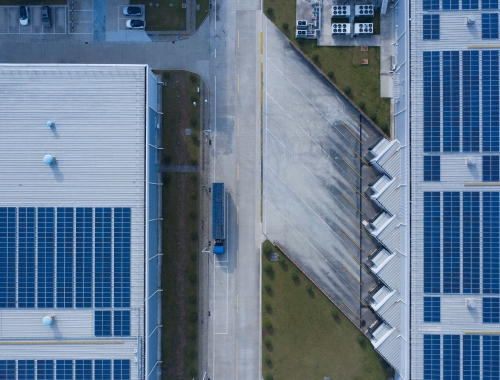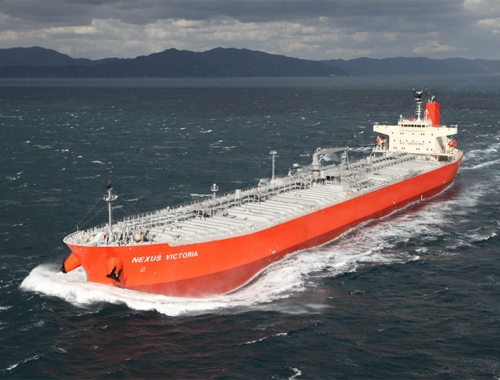Australia pledges net zero emissions by 2050
SUMMARY
The Australian prime minister Scott Morrison said the emission reduction plan will focus on “technology not taxes”.
By Shardul SharmaPOSTED IN:
The Australian prime minister Scott Morrison on October 26 announced the country's plans to deliver net-zero emissions by 2050.
The prime minister and the minister for industry, energy and emissions reduction Angus Taylor released Australia’s Long Term Emissions Reduction Plan, to deliver net-zero emissions by 2050.
Morrison said the plan will focus on “technology not taxes” and will help “expand choices, not mandates”. He added that the plan will focus on driving down the cost of a range of new technologies and accelerating their deployment at scale across the economy.
“Over the next decade, our existing A$20bn investment in low emissions technology is expected to unlock at least $80bn of total private and public investment, including in clean hydrogen, carbon capture and storage and energy storage,” he said.
The plan also identifies the potential for continued technology advances and breakthroughs to unlock ultra low-cost solar. As part of the annual update to the Technology Investment Roadmap, the government has set a stretch goal of solar electricity generation at A$15/MWh.
Morrison said that the plan rules out taxes or a legislated mechanism, “because these regressive approaches would impose costs on households, businesses and regions least able to afford them.”
“Our Plan continues the policies and initiatives that we have already put in place and that have proven to be successful while preserving existing industries and jobs, and supporting regional Australia,” Taylor said. “It will not shut down coal or gas production, or require displacement of productive agricultural land.”
The latest official projections released show Australia is on track to reduce emissions by up to 35% by 2030, well above the target of 26 to 28%, Morrison said.
Wood Mackenzie Asia Pacific head of markets and transitions, Prakash Sharma, said that Australia's desire to achieve net-zero emissions by 2050 is a step in the right direction.
“The country's major trading partners – China, Japan, and South Korea – are already in transition towards that goal. Other major energy exporters such as Russia and Saudi Arabia also announced net-zero goals by 2060 in recent weeks. This means Australia will need to retool its commodity exports industry to align with the Paris climate targets,” Sharma said.
"Our analysis shows that Australia can reach net zero emissions by 2050. Although the pathway requires a complete transformation of its traditional energy and export sectors, there are significant opportunities to capitalise on and protect future revenues,” he added.
Nearly 83% of Australia's power generation will come from solar and wind by 2050 as compared to about 20% last year, WoodMac said. Natural gas, bioenergy, geothermal and small modular reactor will supply the remaining 17% in power output. Coal into power is expected to be phased out by 2035, it added.








